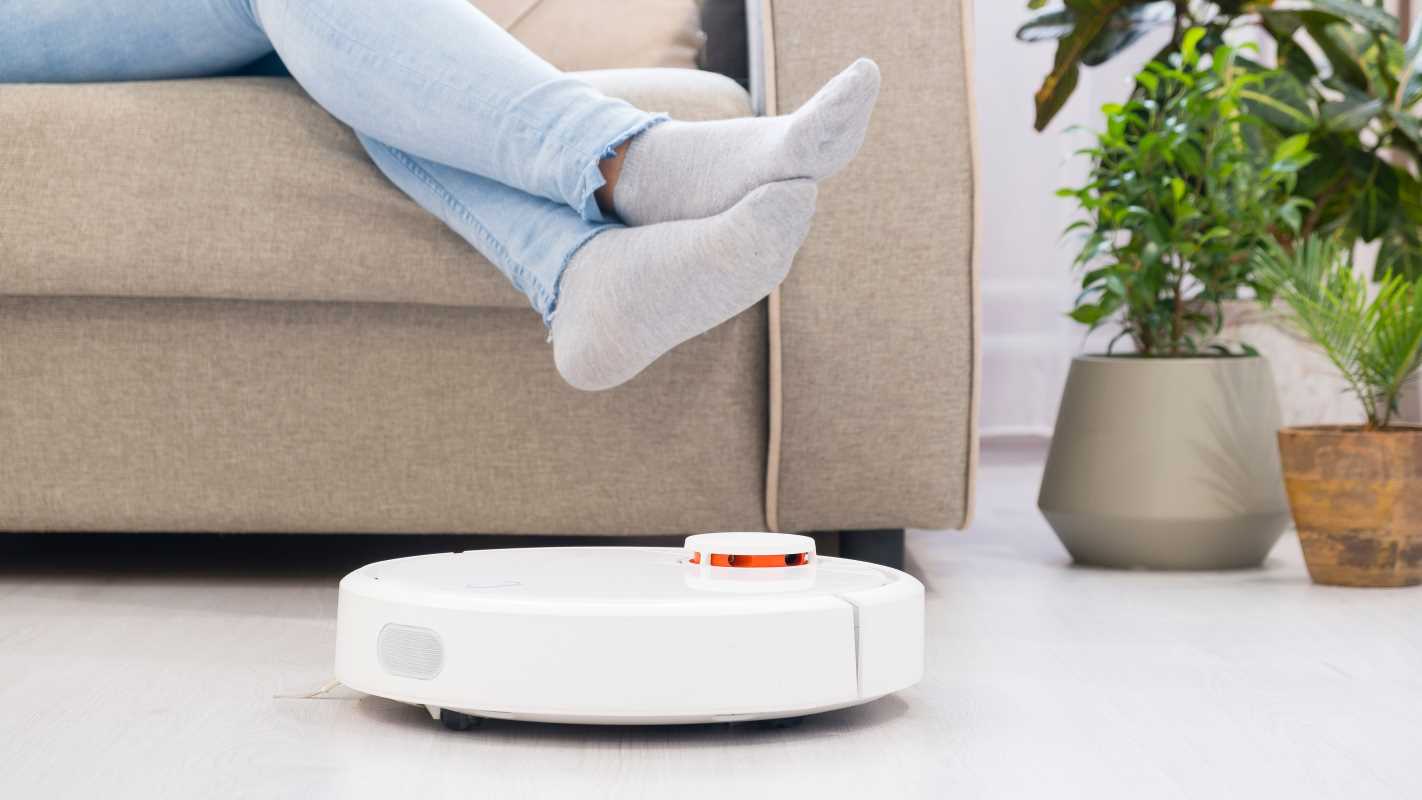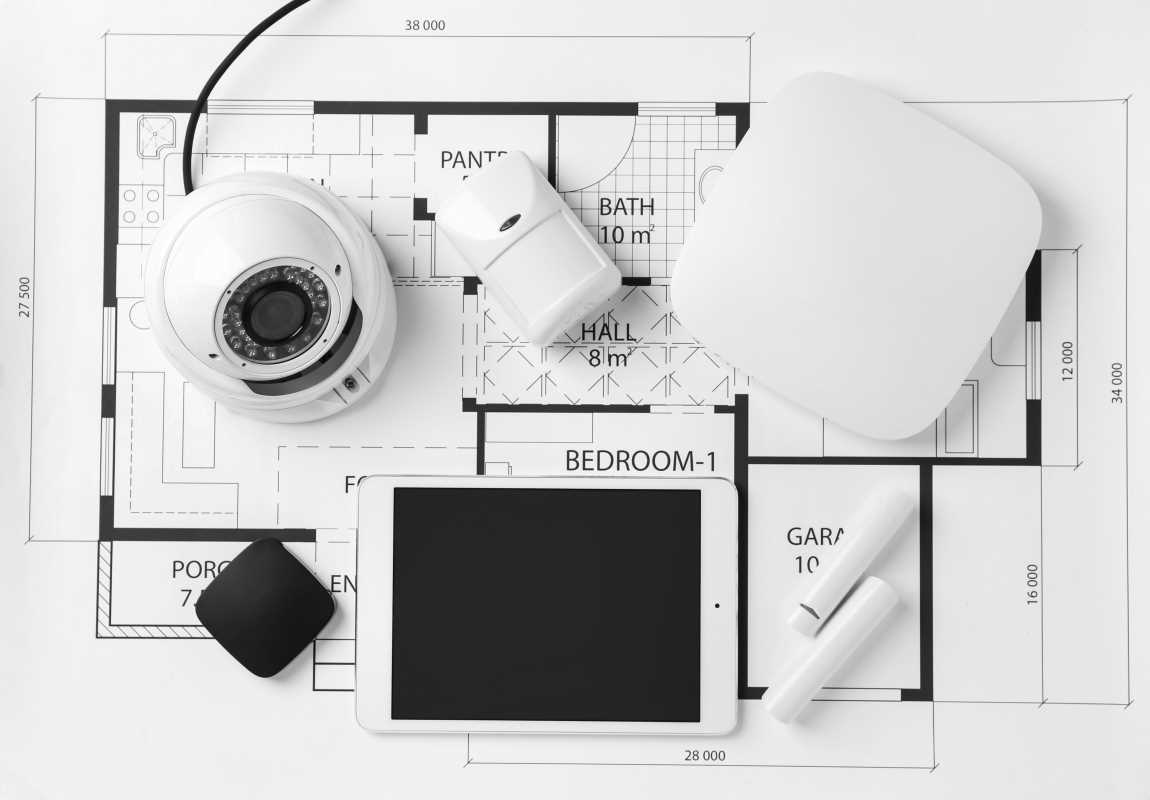Selecting the right lighting for your home office is essential for creating a workspace that promotes focus, productivity, and overall wellbeing. Whether you’re working long hours, attending virtual meetings, or tackling creative projects, proper lighting can make all the difference in how you feel and perform. With thoughtful planning and a few simple adjustments, you can design a lighting setup that enhances your comfort and efficiency.
Understanding the Role of Lighting in Wellbeing
Lighting is more than just a practical necessity—it directly impacts your mood, energy levels, and even physical health. Poor lighting can lead to eye strain, headaches, and fatigue, while a well-lit space can improve focus and reduce stress.
In your home office, the goal is to strike a balance between functionality and comfort. Brightness, color temperature, and positioning all play a role in creating a productive environment. Tailoring these elements to your needs ensures that your workspace supports both your tasks and your wellbeing.
Layering Different Types of Lighting
A successful home office lighting setup combines three main types of lighting: ambient, task, and accent. Each serves a unique purpose, and together, they create a versatile and efficient workspace.
- Ambient lighting: This is the base layer of light, providing overall illumination for the room. Ceiling fixtures, wall-mounted lights, or floor lamps work well for this purpose.
- Task lighting: These lights focus on specific areas where you need extra brightness, such as a desk lamp for writing or a clip-on light for reading.
- Accent lighting: Used to enhance aesthetics, accent lights highlight specific areas or add warmth to your space. For instance, a small LED strip on a bookshelf can create a cozy atmosphere.
Layering these elements ensures you have the right amount of light for every activity, from detailed tasks to casual relaxation. Efficiency should also be taken into account.
Choosing the Right Light Bulbs for Your Needs
The type of bulb you choose significantly impacts the quality of your home office lighting. Factors like brightness, energy efficiency, and color temperature are key considerations.
- LED bulbs: These are the most popular option for modern workspaces. They’re energy-efficient, long-lasting, and available in a range of brightness levels and color temperatures.
- Warm light (2700–3000K): Ideal for creating a relaxed and inviting atmosphere, making it suitable for evening use.
- Cool light (4000–5000K): Best for daytime tasks that require focus and attention, such as typing or reading.
- Daylight bulbs (5000–6500K): Mimic natural light and are perfect for spaces with limited access to windows.
Choosing the right bulbs allows you to customize your workspace for optimal comfort and productivity.
Maximizing Natural Light
Natural light is one of the best resources for your home office. Exposure to daylight not only improves mood and alertness but also reduces the need for artificial lighting. Position your desk near a window to make the most of this natural resource.
Here are a few tips for managing natural light:
- Use sheer curtains or blinds to diffuse harsh sunlight and prevent glare on screens.
- Position your desk perpendicular to the window to avoid shadows or reflections.
- Add mirrors to your office to reflect natural light and brighten up the space.
If your workspace lacks natural light, consider using daylight-simulating bulbs to recreate its effects.
Positioning Light Sources Effectively
The placement of your lighting can greatly affect its functionality and comfort. Poorly positioned lights can create glare, shadows, and uneven brightness, making it harder to focus.
Follow these guidelines for optimal lighting placement:
- Place task lighting on the opposite side of your dominant hand to minimize shadows.
- Avoid positioning lights directly behind your screen to prevent glare.
- Use adjustable desk lamps to direct light exactly where you need it.
- Combine overhead lighting with desk-level options for balanced illumination.
By carefully positioning your lights, you can reduce eye strain and create a more inviting workspace.
Reducing Glare and Eye Strain
Glare is a common issue in home offices, especially with screens and reflective surfaces. Too much glare can lead to discomfort and difficulty concentrating. Here’s how to reduce it:
- Install anti-glare screen protectors on your monitor.
- Position your screen away from direct light sources.
- Opt for matte finishes on walls and furniture to minimize reflections.
These small adjustments can significantly enhance your visual comfort and reduce fatigue during long work hours.
Customizing Lighting for Your Schedule
Your lighting needs may vary throughout the day, depending on your schedule and tasks. Adjustable lighting solutions like dimmers or smart bulbs allow you to modify brightness and color temperature as needed.
Here’s how to adapt your lighting:
- Use brighter, cooler lights in the morning to increase focus and energy.
- Switch to warmer, dimmer lights in the evening to create a relaxing atmosphere.
- Experiment with color-changing bulbs to find the perfect setting for different activities.
Customizable lighting ensures that your workspace remains comfortable and productive no matter the time of day.
Incorporating Decorative and Accent Lighting
While functionality is essential, adding decorative and accent lighting can make your home office more inviting. String lights, LED strips, or small table lamps create a warm and personalized atmosphere.
Use these tips for incorporating accent lighting:
- Highlight a bookshelf, art piece, or plant with subtle lighting.
- Choose fixtures that complement your office decor.
- Use color-changing LEDs to add a playful touch to your space.
Balancing aesthetics with practicality helps make your home office a place where you enjoy spending time.
Selecting the right lighting for your home office involves more than picking a lamp—it’s about creating an environment that supports your health and productivity. By layering different types of lighting, choosing the right bulbs, and maximizing natural light, you can design a workspace that truly works for you. With thoughtful planning and a few adjustments, you’ll transform your home office into a haven of comfort and efficiency.







